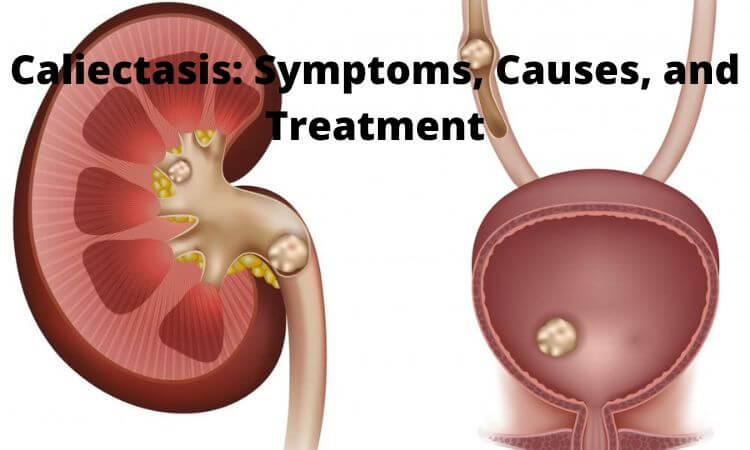Table of Contents
Caliectasis: Symptoms, Causes, and Treatment
What is mild pelvic Caliectasis?What causes Calyceal stones?What does the calyces do in the kidney?How is Pelvocaliectasia treated?Is Caliectasis serious?Is drinking a lot of water good for your kidneys?caliectasis in kidney,caliectasis causes, caliectasis ultrasound,caliectasis radiology,caliectasis newborn,mild caliectasis,caliectasis symptoms,caliectasis in fetus,caliectasis radiology,caliectasis in kidney,caliectasis causes,caliectasis ultrasound,mild caliectasis,caliectasis in fetus
What is caliectasis?
A disorder known as caliectasis is one in which the calyces in your kidneys get affected. The calyces are the first part of your body to collect urine. There are six to ten calyces in each kidney. They are located on the periphery of the kidneys in your body.
Caliectasis is characterized by the dilation and enlargement of the calyces as a result of an abnormal accumulation of fluid. In most cases, another ailment that affects the kidneys, such as an infection of the urinary system, is the root cause of the problem (UTI). Diagnostic testing is the one and only technique to find out if someone has caliectasis. In point of fact, the majority of persons with caliectasis are unaware that they have the condition until they undergo testing for another condition.
DO NOT MISS: Anuria: Definition, Causes, and Treatments
Is there any evidence of symptoms?
Caliectasis does not, in and of itself, result in any symptoms. On the other hand, you can experience symptoms that are associated with the ailment that’s producing it.
The following are some of the general signs of renal problems:
a change in the color of your urine pain or tenderness in your abdomen
symptoms include difficulty peeing, an increased urge to urinate, the presence of pus in your urine, and foul-smelling urine
Why does it happen?
Caliectasis is typically brought on by a condition that manifests itself in the kidneys, such as:
bladder cancer
obstruction within the kidneys (usually due to a birth defect)
cysts or tumors caused by renal fibrosis
The accumulation of urine, or hydronephrosis, is another name for kidney illness.
kidney stones
renal or urologic tuberculosis
carcinoma of the kidney
urinary tract infections urinary tract obstructions (UTO)
The kidneys play a critical role in maintaining a healthy body. Learn more about the health of your kidneys as well as renal disease.
How exactly is it identified?
The diagnosis of caliectasis frequently occurs in conjunction with that of another kidney-related illness. Your primary care physician will begin by inquiring about any symptoms you may be experiencing. They may also carry out a physical examination on you in order to look for any signs of swelling or discomfort in the region surrounding your kidneys.
The following step will most likely involve a diagnostic test, such as:
Cystoscopy. For the purpose of examining your kidneys and bladder, this examination makes use of a camera that is passed into the urethra.
Ultrasound. An abdominal ultrasound can be helpful in determining whether your kidneys contain any additional fluids or other items.
Urography. In order to get a clear picture of your kidneys, this procedure employs both a CT scan and contrast dye.
Urinalysis. An analysis of a sample of urine.
In most cases, caliectasis will be discovered during one of these examinations.
How is it dealt with medically?
The treatment of caliectasis is contingent on determining the underlying reason. The following are some treatment options for common kidney problems:
antibiotics for the treatment of infections surgical removal of kidney stones or tumors
tubes inserted through nephrostomies or catheters to remove the urine
Exist any other challenges to overcome?
In the absence of treatment, disorders that produce caliectasis can lead to a variety of consequences, one of which is kidney failure. This occurs when the kidneys have been injured beyond the point of repair. Dialysis or a kidney transplant might be necessary for you, depending on the severity of the damage.
Caliectasis, which can be caused by a urinary tract infection or urinary tract obstruction, may also raise the chance of developing kidney disease.
YOU MAY LIKE THIS: Dysuria (Painful Urination): Treatment, Causes & Symptoms
Managing daily life with caliectasis
Caliectasis is usually typically the result of an underlying medical condition that is associated with the kidneys. Caliectasis is a disorder that, once treated, typically disappears on its own. It is essential that you discuss your symptoms with your medical professional as quickly as you can. If treatment is not sought for any of them, many of them might cause lasting damage to the kidneys.



